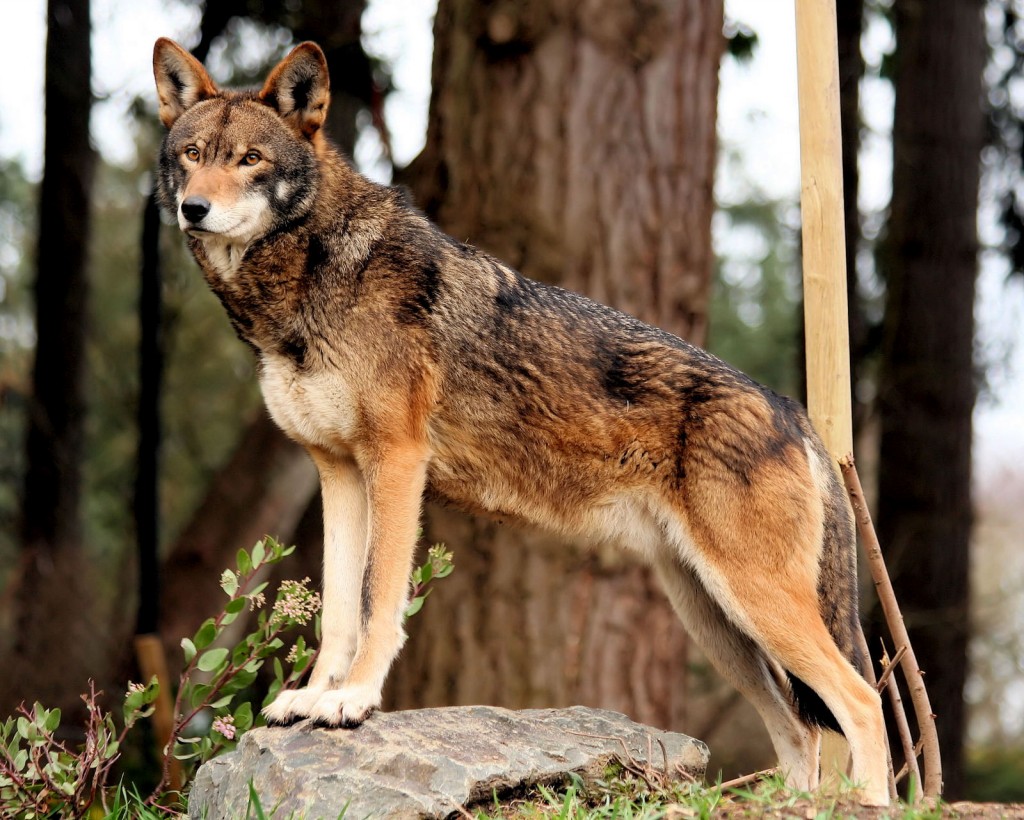This semester I am doing fieldwork at the Trevor Zoo and thinking about how zoos are related to behaviour and conservation. The Trevor Zoo is a small but diverse and well-run collection of animals located at the Millbrook School in Millbrook, New York.
In this first post I will talk briefly about the roles that zoos play in conservation, focusing specifically on example programs at the Trevor Zoo, and then draw lines from programs like these to how they make use of and contribute to fields like animal behaviour and physiology.
The Trevor Zoo is an accredited zoo for the Association of Zoos and Aquariums (AZA).To earn AZA accreditation, zoos must “serve as conservation centers that are concerned about ecosystem health, take responsibility for species survival, and make substantial contributions to research, conservation and education.”
Generally, AZA zoos engage with these missions through a number of specific programs, the most notable, and ones which I will talk about here, being their reintroduction programs and their research and educational programs.
Reintroduction programs usually focus on species that are under threat of extinction, and focus on the best ways to breed, care for, and eventually reintroduce these species from a human-managed habitat to a more natural habitat. The AZA states that such programs are “powerful mechanisms used for stabilizing, re-establishing, or increasing in situ animal populations.” There are, in fact, success stories from reintroduction programs. The reintroduction of the red wolf (Canis rufus) is one such success story, and one in which the Trevor Zoo has played an active role. The Trevor Zoo currently has two resident red wolves, and a number of past residents have been reintroduced to native habitat in eastern North Carolina. This reintroduction program is one that has been coordinated by the U.S. Fish and Wildlife Service since 1967, when the red wolf was placed on the endangered species list. It involves captive breeding programs through the United States, such as the one at the Trevor Zoo.
The other important aspect upon which zoos focus, and which deserves mention, is that of research and education. Again, according to the AZA, their zoos “conduct or facilitate research, both in in-situ and ex-situ settings, to advance our scientific knowledge of the animals in our care and enhance the conservation of wild populations.” Zoos like the Trevor Zoo incorporate monitoring and observational programs into their daily functioning so that data, and subsequent insight, may be collected from the resident populations and applied to advancement of many fields of science, of which conservation is just one.
The Trevor Zoo is also located at the Millbrook School which is a residential high school. It is also, however, open to the general public. These points highlight how the zoo, like many zoos, is committed to education towards the general public, and beyond its scientific contributions.
Anyone remotely interested in wildlife conservation, or who is even simply a nature enthusiast, has experienced some discomfort with the idea of a zoo. The great zoo debate, weighing the pros and cons of what a zoo stands for, has been had many-a-time. The reintroduction programs of many zoos are often seen as being one of the saving graces of zoos in general and, together with their contributions to research and education, one of the perhaps fewer tangible outcomes one can point to and say zoos do have an important conservation role. However, even these projects, and their contributions to science and conservation, are frequently queried. Another blog post, another time, can perhaps delve into this further. For now, below are some links to articles discussing these topics.
Further reading on the role of zoos, and zoo controversy:
Conservation magazine article:
http://conservationmagazine.org/2013/03/zoo-futures/
National Geographic article:
http://news.nationalgeographic.com/news/2003/11/1113_031113_zoorole.html
Resources/References:
http://www.fws.gov/redwolf/index.html
https://www.aza.org/conservation/


The Trevor Zoo is also located at the Millbrook School which is a residential high school. It is also, however, open to the general public. These points highlight how the zoo, like many zoos, is committed to education towards the general public, and beyond its scientific contributions.